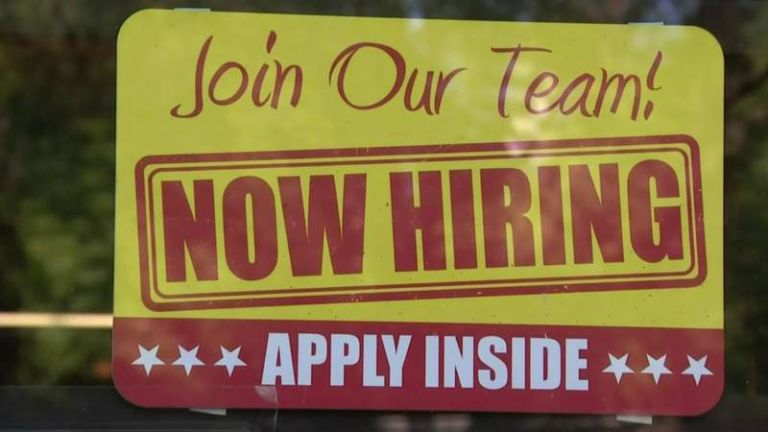Ross Douthat analyzes for New York Times readers the latest data about the Affordable Care Act’s likely impact on American employment. As Douthat notes, the Congressional Budget Office believes Obamacare will reduce the number of full-time workers by 2 million in the coming years.
It’s crucial to understand what’s being projected here: It’s not that the law’s regulations will be killing jobs wholesale, as some conservatives have predicted, but rather that its benefits (and phase-outs) will induce workers to reduce their hours and/or cease working entirely. Hence the term “dropping out”: The C.B.O. doesn’t expect large-scale layoffs due to the law’s regulatory burden, but it does expect fewer people to hold and seek work, “given the new taxes and other incentives they will face and the financial benefits some will receive.”
I’ve written about this issue in the past, making the point that some version of the workforce-participation phenomenon is inevitable in a health care reform that tinkers — as any serious health care reform must — with the employer-provided model for insurance. When you link insurance directly to employment, as the American system has done these sixty years, you will get some people working primarily or exclusively because it’s the fastest path to having health coverage. If you weaken or sever that link, in the interests of equity, efficiency or both, you will give those same people a reason to work less, or work not at all. Whether this is problematic at all depends on how much you worry about declining workforce participation. But even for those of us who worry about it a great deal, the problems with the employer-provided health insurance model are significant enough to make some downsides worth accepting on the road to a different, better policy approach.
But the size of that downside matters, and 2 million is a much, much uglier number than the 800,000 figure the C.B.O. cited in its last report. Maybe the early estimate was right and this one is wrong, or (just as likely) maybe both are off in one direction or the other. But it does seem like we may be dealing here with something that isn’t just a consequence of rejiggering the employer-provided model, and that actually reflects a more universal dilemma of welfare-state liberalism: Namely, that when the government moves to help people at the bottom of the income distribution, its assistance often creates perverse incentives, both by making it easier for the beneficiaries not to work at all and (when the assistance is means-tested) by imposing a steep marginal tax rate on upward mobility of any kind.


